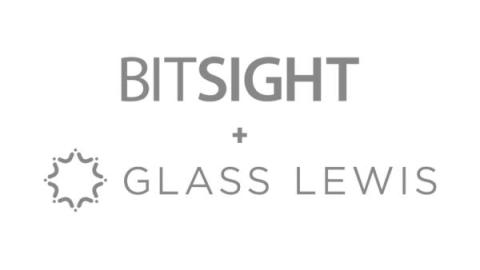The SEC's New Cybersecurity Regulations: What Investors and Shareholders Should Know
It seems everyone is concerned about cybersecurity these days, and the investor community is no different. Shareholders are reading the headlines—ransomware attacks, data breaches, infrastructure disruptions—and they are wondering how these incidents could impact the companies that they invest in. Shareholders are about to get a lot more information from companies in the months ahead. In July 2023, the U.S.









